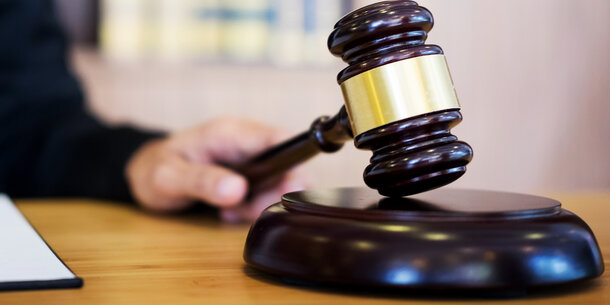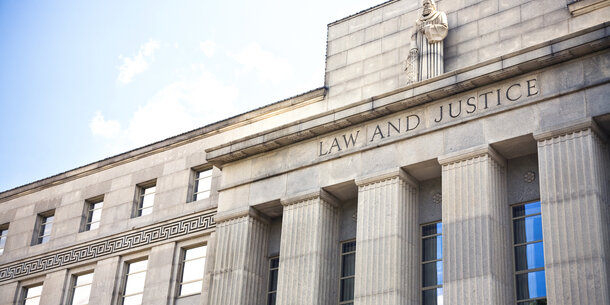New Brennan Center Paper Examines the Impact of Video Court Proceedings
The Brennan Center for Justice at NYU School of Law released a new paper and set of principles on remote court proceedings. The paper, The Impact of Video Proceedings on Fairness and Access to Justice in Court, collects and summarizes existing scholarship on the effects of video technology in judicial proceedings. While existing research is limited, the paper suggests reason for caution in expanding the use of video proceedings, as well as the need for further research on their potential effects.
The Brennan Center also released a set of principles that policymakers should consider when moving from in-person proceedings to video. Among other things, these principles urge decisionmakers to engage with a wide variety of justice system stakeholders and to produce more scholarship on the impacts of video hearings.
Over the past six months, the Brennan Center has also been collecting and analyzing courts’ responses to the pandemic. Courts across the country have largely resumed their operations either online or in person, though some are struggling to maintain smooth operations and deliver equitable access as they do so.
President Trump Releases List of Potential SCOTUS Nominees
On September 9, President Trump announced 20 more potential Supreme Court nominees he would choose from if he has the opportunity to appoint another justice, all of whom he declared would be “jurists in the mold [of] Justices Antonin Scalia, Clarence Thomas, and Samuel Alito.”
The new list of nominees includes three conservative Republican senators; two former U.S. solicitor generals; several sitting judges previously appointed by Trump to other federal judgeships; the attorney general of Kentucky; one state supreme court justice; current and former senior White House and Department of Justice officials; and the U.S. ambassador to Mexico.
Trump released his first list of 11 potential nominees in May 2016, when he was the presumptive Republican presidential candidate to energize conservative voters. In September 2016, he added 10 more names to his list, including Neil Gorsuch whom was later appointed to replace Justice Antonin Scalia. In November 2017, Trump added 5 more names, including Brett Kavanaugh whom was later appointed to replace Justice Anthony Kennedy.
Democratic presidential nominee Joe Biden has pledged to appoint a Black woman to the Supreme Court, though he has not yet released a list of potential nominees.
Pandemic Leaves Backlog of Cases in State Courts
Courts across the country are struggling with case backlogs as a result of the Covid-19 pandemic, even in jurisdictions that have largely moved to remote proceedings.
In Bexar County, Texas, for example, there is a backlog of nearly 9,000 criminal felony cases, marking a 60% increase since the outset of the pandemic, even though district courts in the county have been holding virtual hearings for months. Judges in Bexar County have faced other challenges as they have adjusted to remote proceedings, including a series of "Zoom bombings."
Similarly, in Utah, where courts across the state began holding virtual proceedings after the start of the pandemic, judges heard 18,000 fewer cases in July than they did in July 2019. There is also a backlog of 147 jury trials, 122 of which are for criminal cases. “When the courts can’t get to a case, the appointed lawyers are held up, the victim’s advocates, the jails and prisons are impacted,” said State Court Administrator Judge Mary Noonan.
Other states, including Georgia, Connecticut, and California, are also experiencing a backlog of cases due to the pandemic.
Ohio Chief Justice Pledges Racial Justice Reforms after Court Building is Damaged
On August 26, Chief Justice of the Ohio Supreme Court Maureen O’Connor released a video to address protests in May that lead to the destruction of the Thomas J. Moyer Ohio Judicial Center, home to the state’s supreme court.
In the video, O’Connor calls for racial justice reforms within the judiciary. She insists that the court must eliminate its own practices that perpetuate racism, specifically calling for the end of cash bail. Back in July, O’Connor also wrote a letter addressing the police killings of Breonna Taylor and George Floyd, in which she urged the judiciary to consider sentencing reform, implicit bias trainings, and other reforms to address racial inequities in the criminal justice system.
O’Connor’s remarks follow public statements from state supreme courts and individual chief judges in at least 24 jurisdictions acknowledging the ways in which courts have enabled racial inequities in the criminal justice system.

